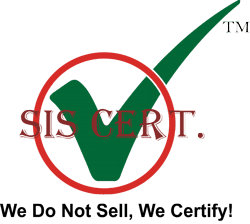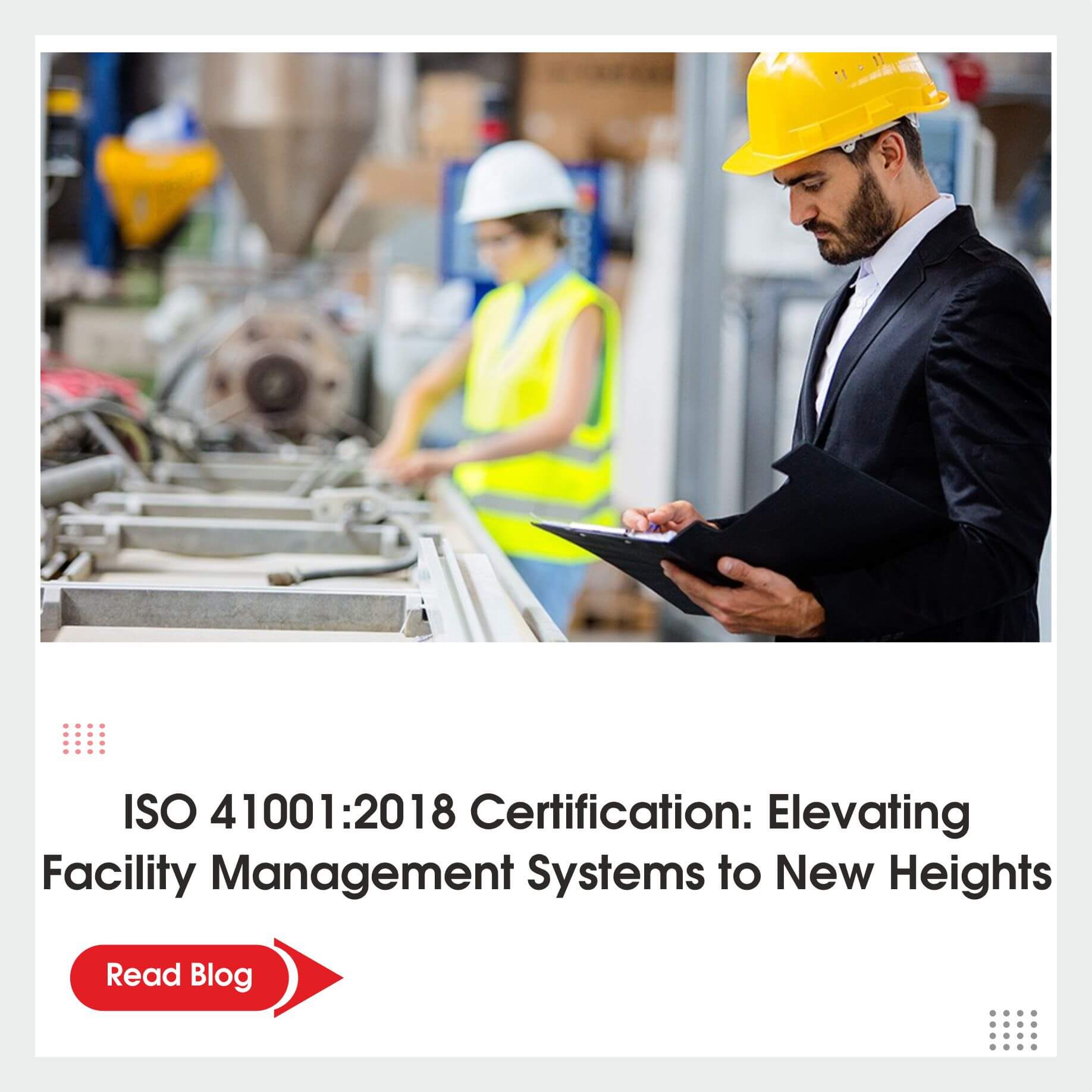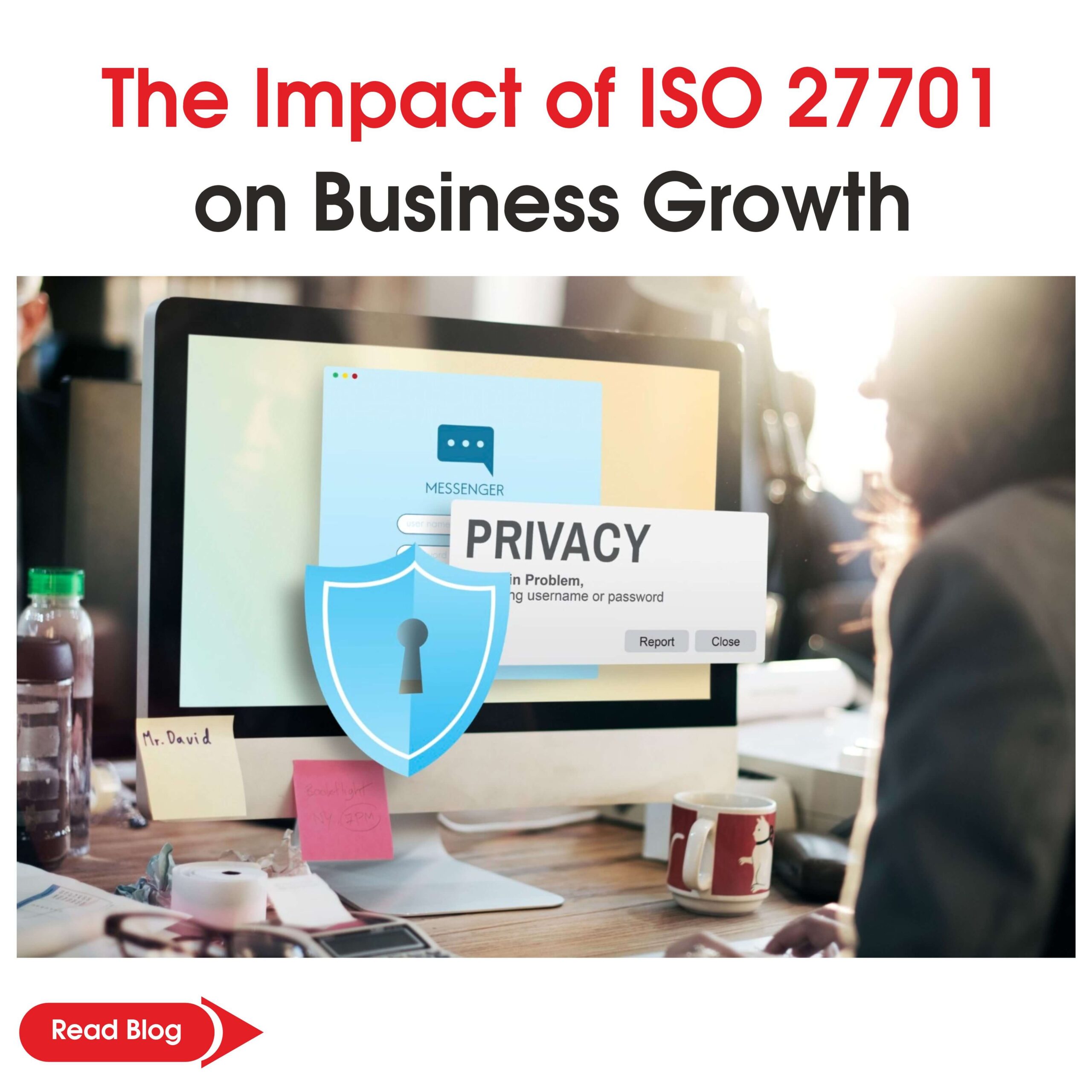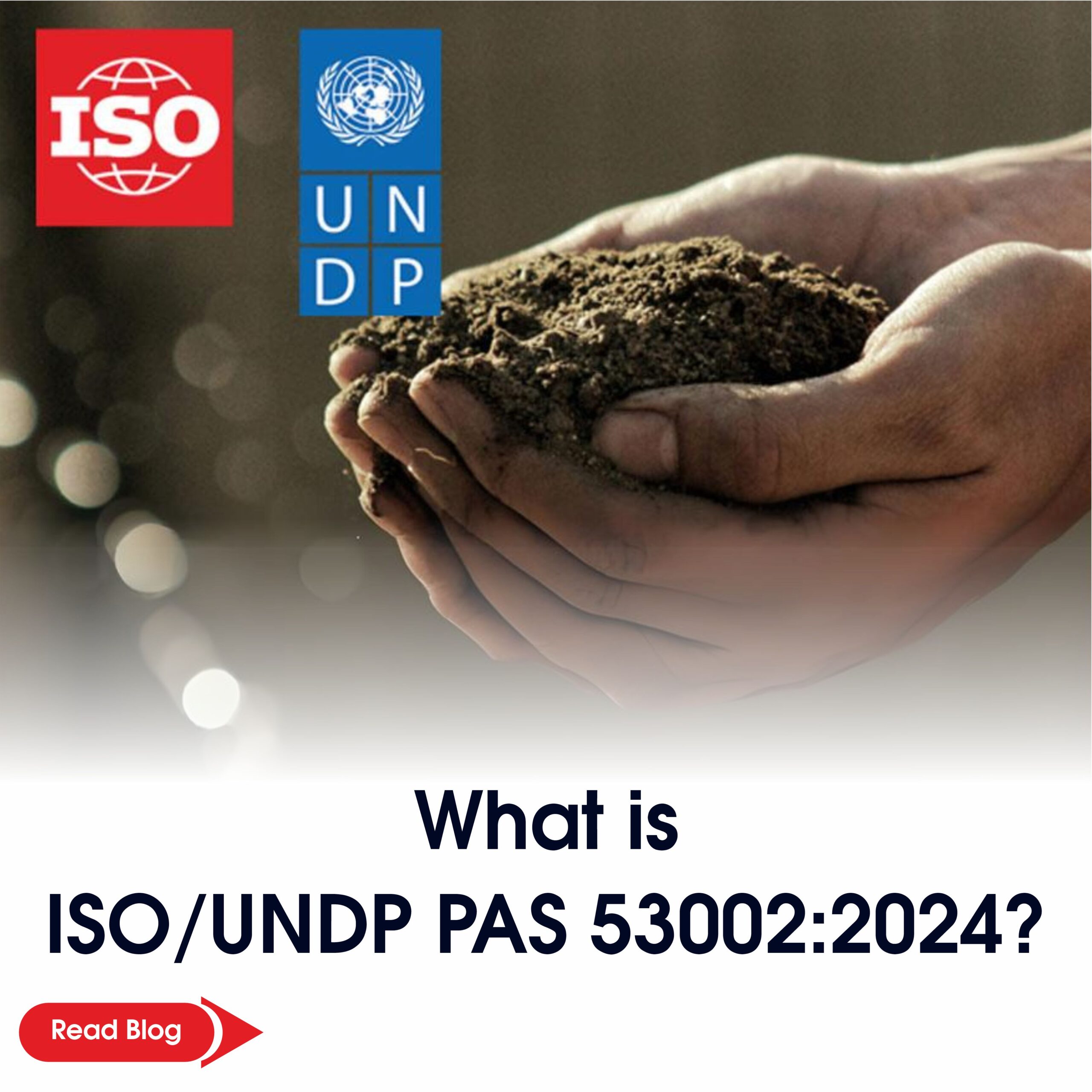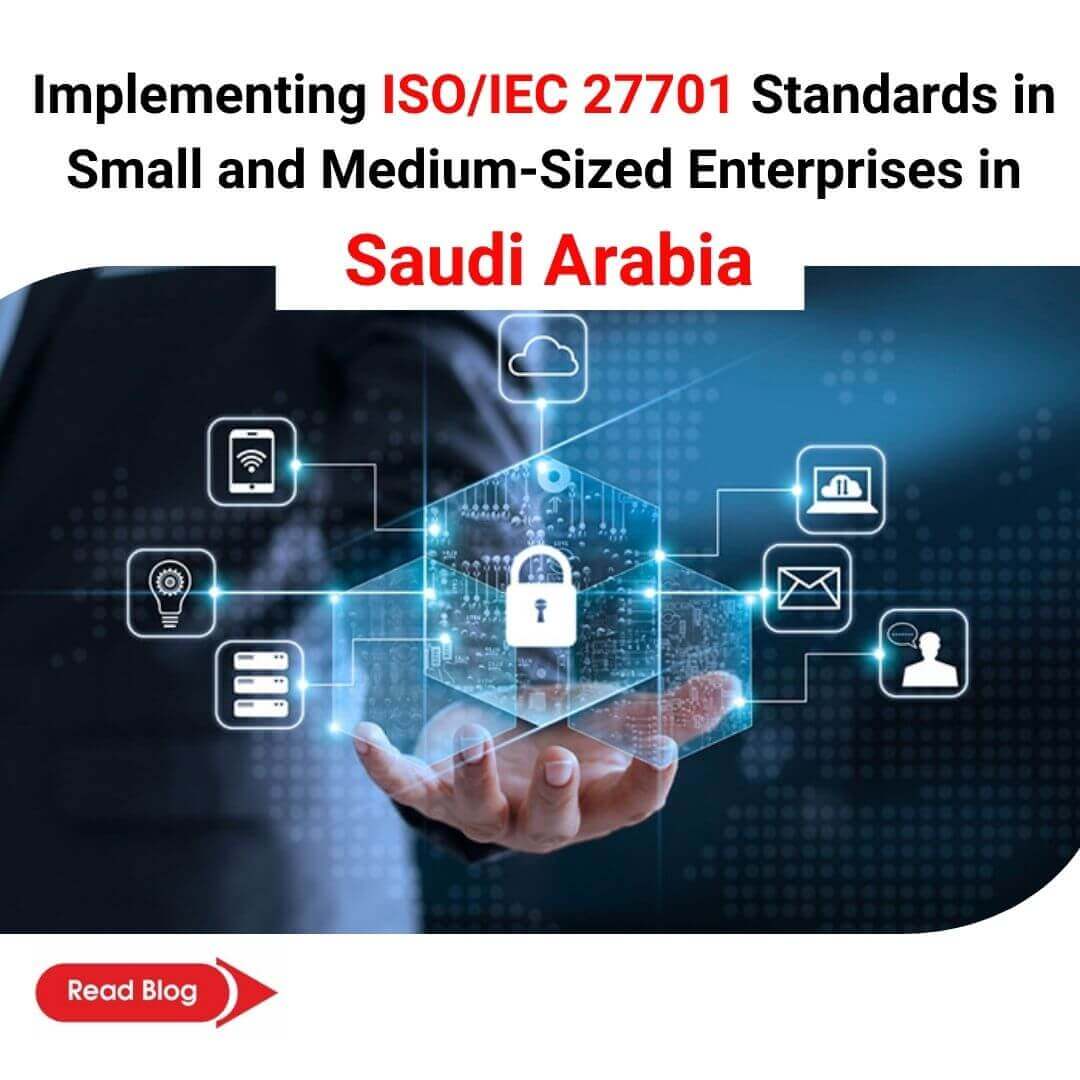The ISO 41001:2018 certification process becomes a way of ensuring efficient and effective operation of the facility management structures. This globally acknowledged benchmark serves as the touchstone of best practices in managing facilities, not only focusing on efficiency but also sustainability and safety as well.
A facility manager who follows the standards of ISO 41001, shows a clear sign of being a professional who practices excellence and constantly strives to improve their operations. Through this conciliation, enterprises will be able to improve their image, simplify their processes, and fulfil the law’s requirements with maximum effectiveness.
Implementing ISO 41001 standards is necessary for office management practices to take the operations up to the desired excellent level and bring satisfaction to the occupants and other stakeholders.
ISO 41001:2018 facility management provides a cutting-edge stage for industries to examine whether their management systems meet the benchmark of effectiveness and affordability. Furthermore, it teaches the update of the system, the flourish of the working process, and the stick to legal rules. By implementing ISO 41001:2018, industries can assign value to their work, for instance, high-quality products and services to their clients besides increased operation efficiency and cost-reduction. It has proved to be a very useful tool for any organisation looking to excel in Global facility management such as more advanced management operations, by the scope of the industry.
The use of this standard will offer numerous advantages for industrial projects, for instance, productivity and resource management will be improved, information and command will be clear, and customer satisfaction will be provided.
The Steps that Need to be Taken during ISO 41001 Certification ⮯
Through the steps which are provided below, the organization will systematically acquire and retain ISO 41001 certification to indicate dedicated effort in facility management practices.
Step 1: Make sure you have a good command of the ISO 41001 basic concepts.
Soak up the knowledge of the ISO 41001 and the principles of the Facility Management Systems (FMS) that it articulates. See its function, limitations, and the potential utility it will bring to your company.
Step 2: Develop Backing and Support
Leadership buy-in of top management level to support the ISO 41001 certification implementation. It is in this way that you can favor the allocation of funds and leadership positions in the Facility Management System.
Step 3: Compile a Gap Analysis
Establish your baseline—compose lists that go through your operations and match them with the relevant ISO 41001 standard requirements. Enumerate activities that your company is already in line with and possible innovations that the standard may demand to comply with.
Step 4: Develop a scheme.
Compose a specific plan which includes exactly the series of events of your organization implementing ISO 41001 standards. Create a job description and task division to make a management structure relevant to the project, and to make it organized and hierarchical.
Step 5: Generate the Set-up Standardized Procedures
Display the key processes and procedures required by ISO 41001. This will comprise a manual that describes the overall FMS structure and how it is aligned with the standard.
Step 6: Training and Awareness of the Workers
Train employees about the new FMS procedures and point out to them how their roles in ensuring compliance are very crucial. This move will be a guarantee that all the people in the group should be aware of their roles.
Step 7: Order the FMS.
Integrate what has already been documented into practice. This ranges from preventive activities such as generating an FMS maintenance plan and conducting emergency evacuation drills to ensuring consistent compliance with ISO 41001 requirements.
Step 8: Conduct Management Audits
Do regular internal audits to find any nonconformities as well as areas that will require you to improve over time. This measure greatly helps to sustain the necessary level of compliance for certification auditing by third-party external auditors.
Step 9: Corrective Actions
All discrepancies or variances noted from internal audits should be resolved. Fix those issues and adopt corrective actions for the improved Facility Management System.
Step 10: Select an Accredited certification Body.
Choose the qualifying and certified body for outside auditing. Make sure they are acclaimed with knowledge of ISO 41001 accreditation. Initiate agreement and proper preparations for the certification audit with them.
Step 11: Undergo External Certification Audit.
The certification body will carry out a comprehensive audit of your FMS to check that it fulfils the standards prescribed by ISO 41001. Show the positive results of your system as well as identify any issues.
Step 12: Continual Improvement
After achieving ISO 41001, work systematically at improving the overall management of the organization. Routinely modify and expand your FMS to support organizational modifications and to comply with the standard.
The Impact of ISO 41001 on Sustainability and Environmental Responsibility in Facility Management ⮯
ISO 41001, or the facility management system standard, is a revolutionary step, which is mainly dedicated to facilities management study. This standard is disrupting the traditional way of managing the facilities to ensure a more sustainable and environmentally friendly future for our planet as its goal is not simply to maintain, but to elevate the state of environmental responsibility and sustainability.
Sustainability is one of the core aspects of ISO 41001 that encourages its adoption. This standard is stipulated to urge facility administrators to adopt the methods of sustainability that lead to reduced waste, conserved energy, and ultimately fewer green impacts brought about by the operations. As a result, waste facilities will have more energy-efficient systems and should switch to renewable energy sources whenever available and should incorporate into their programs recycling and waste reduction. The incredible influence of sustainable well-practiced practices must be emphasized. They will give back to the world, on top of that, being a long-term gain financially to the businesses.
Beyond that, ISO 41001 gives a great deal of weight to the substance of nature. The operation managers are now challenged to evaluate how the decisions they make are affecting the environment in which their business operate. This is going to cover not only what we walk in and do within the facility but also will talk about design and planning as well. Through this standard, ISO 41001 leads the way towards a more sustainable environment that will be achieved by checking whether construction and management best practices are environmentally friendly.
The consideration of the ISO 41001 standard as an approach towards attaining sustainability and environmental accountability in facility management can no longer be ignored. It is a giant forward development to limit our institutions in a way that is effective and responsible.
Conclusion ✅
ISO 41001 is a comprehensive guideline for the removal of the complications of operations and effectiveness maturity. Organizations can meet the objective of operational excellence and at the same time provide their stakeholders with high-quality services using the business improvement and implementation of the most popular ways in the field. Besides making the work smooth, such a rule of thumb underlines a facilities management style with constantly improving quality. Organizations can gain different advantages from the implementation of an FMS and ISO 41001 Certification, such as increased productivity, improved safety and security, better reputation and so forth, which will make them even compete in the market.
